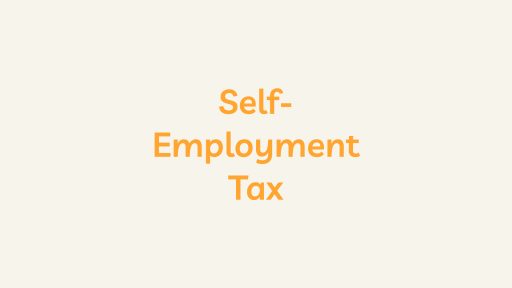Introduction
The Fair Labor Standards Act (FLSA) is a crucial piece of legislation in the United States that establishes and regulates various labor standards, including minimum wage, overtime pay eligibility, recordkeeping, and child labor standards. One fundamental aspect of the FLSA is determining an employee’s FLSA status, which is pivotal in defining their rights and entitlements under the law.
FLSA Status Description
FLSA status refers to an individual’s classification under the Fair Labor Standards Act, which categorizes employees into two main groups: exempt and non-exempt. This classification is based on specific criteria related to job duties, salary, and other factors, and it has significant implications for wage and hour requirements.
1. Exempt Employees:
Exempt employees are generally exempt from certain provisions of the FLSA, such as minimum wage and overtime pay requirements. To qualify as exempt, an employee must meet specific criteria regarding their job duties and be paid on a salary basis. Common exemptions include executive, administrative, professional, and certain computer-related occupations.
Criteria for Exempt Status:
- The employee must be paid a predetermined and fixed salary that is not subject to reduction based on quality or quantity of work.
- The employee’s primary duties must involve specific executive, administrative, professional, or other exempt tasks.
2. Non-Exempt Employees:
Non-exempt employees are entitled to receive at least the federal minimum wage for all hours worked and must be paid overtime at a rate of one-and-a-half times their regular rate for hours worked beyond 40 in a workweek. Non-exempt employees typically include those involved in manual labor, clerical work, and other positions not meeting the criteria for exemption.
Characteristics of Non-Exempt Status:
- Non-exempt employees are generally compensated on an hourly basis.
- Overtime pay is required for hours worked beyond 40 in a workweek.
Why is FLSA Status Important?
Determining FLSA status is crucial for both employers and employees, as it directly influences various aspects of the employment relationship, including compensation and working hours. Understanding and correctly applying FLSA classifications help ensure compliance with labor laws and protect workers’ rights.
1. Compliance with Wage and Hour Laws:
Employers must adhere to FLSA guidelines to avoid legal issues and penalties related to minimum wage violations and improper overtime compensation. Misclassifying employees can lead to significant financial consequences for employers.
2. Employee Rights and Protections:
Understanding FLSA status empowers employees to know their rights and entitlements. Non-exempt employees, for example, have the right to receive at least the minimum wage and overtime pay for additional hours worked.
3. Employer Responsibilities:
Employers have responsibilities associated with both exempt and non-exempt employees. Exempt employees, for instance, may be subject to different employment practices, while non-exempt employees require accurate tracking of hours worked for proper wage calculation.
Conclusion
FLSA status is a critical component of the employment relationship, influencing how employees are compensated and protected under federal labor laws. Employers and employees should be aware of the criteria defining exempt and non-exempt status to ensure fair and legal employment practices. Regular reviews of job duties and salary structures can help organizations stay in compliance with the FLSA and foster a fair and transparent work environment.





